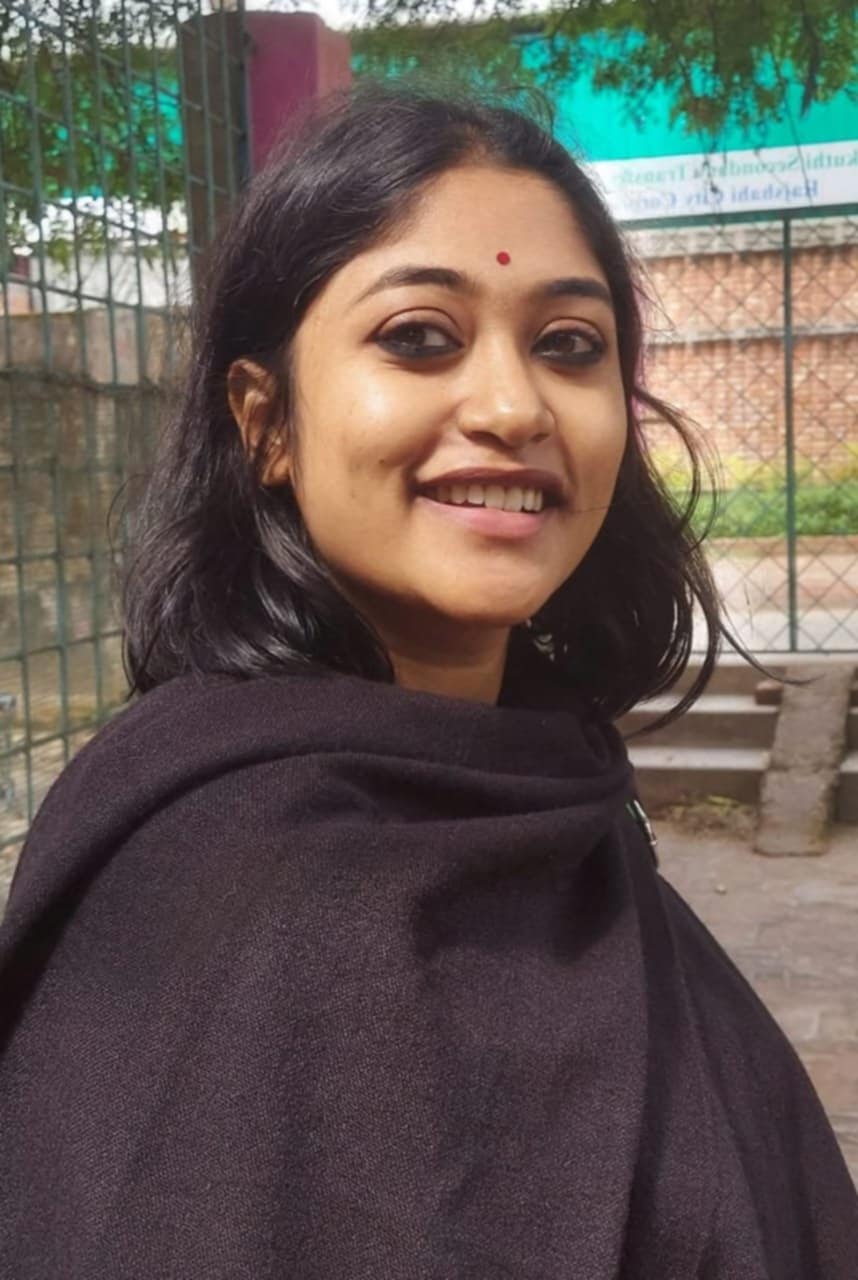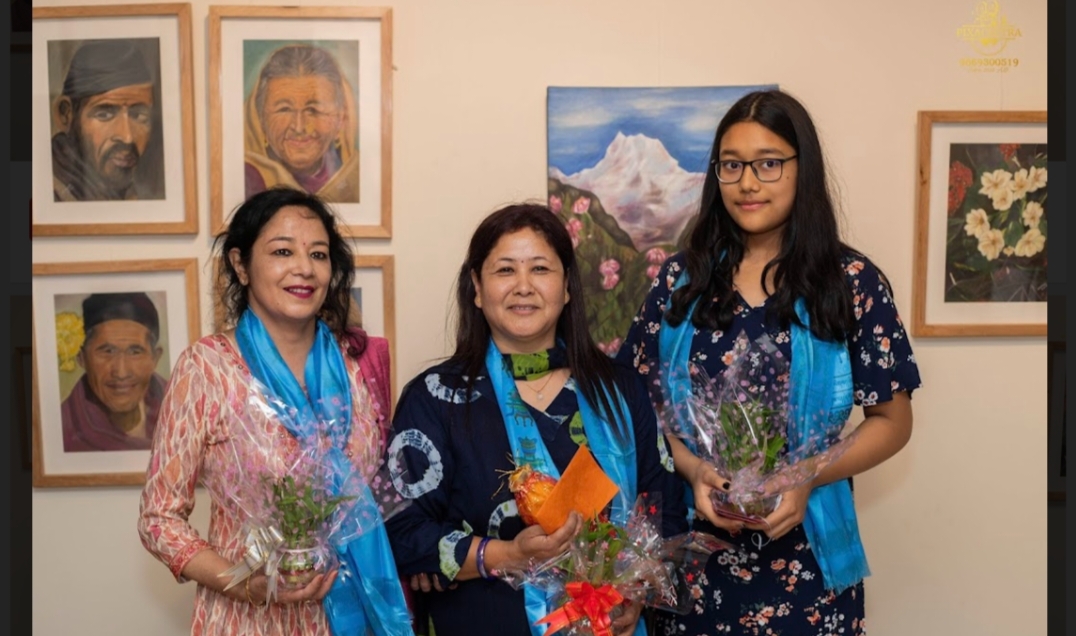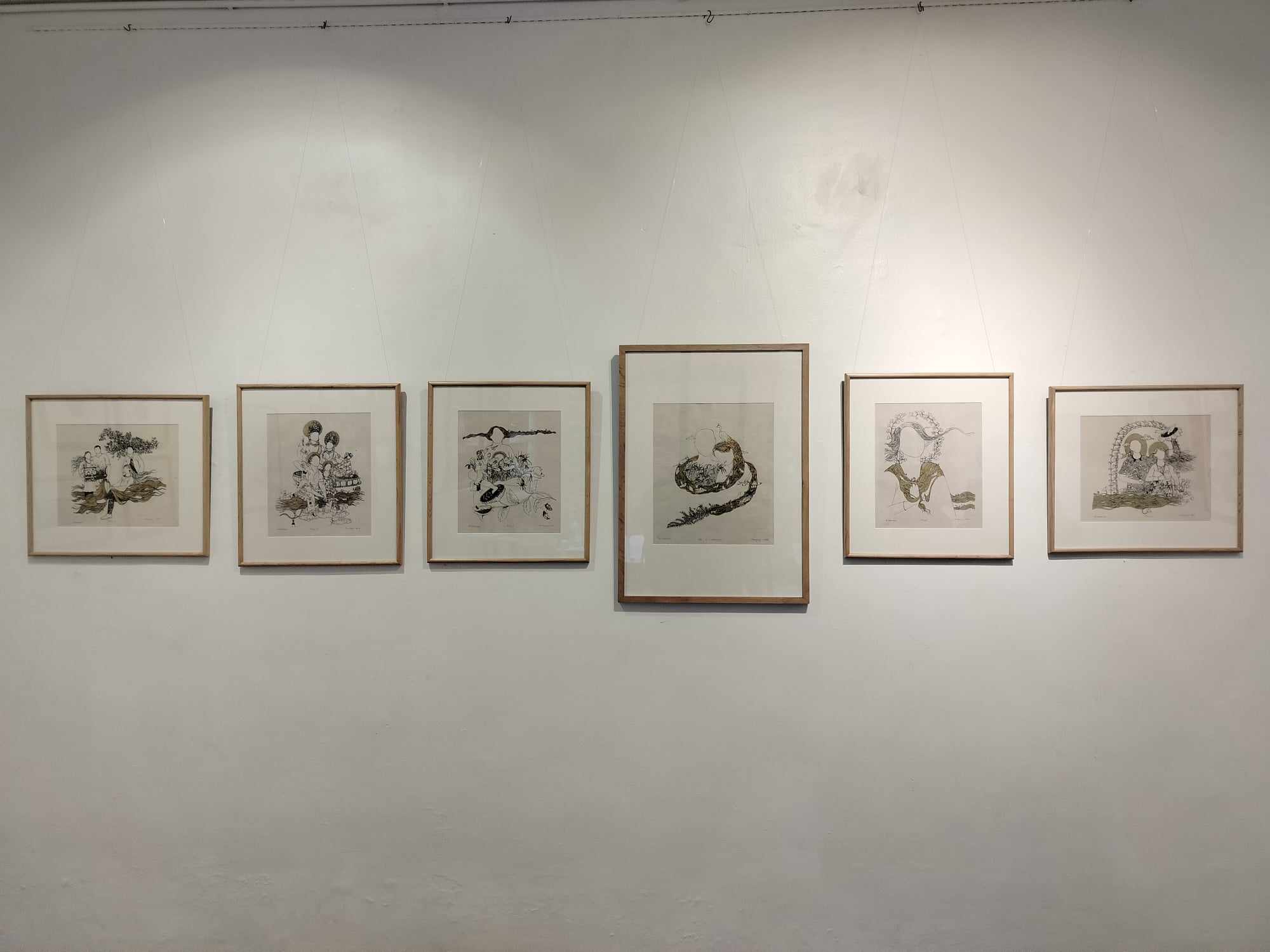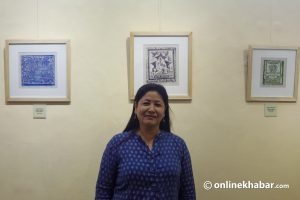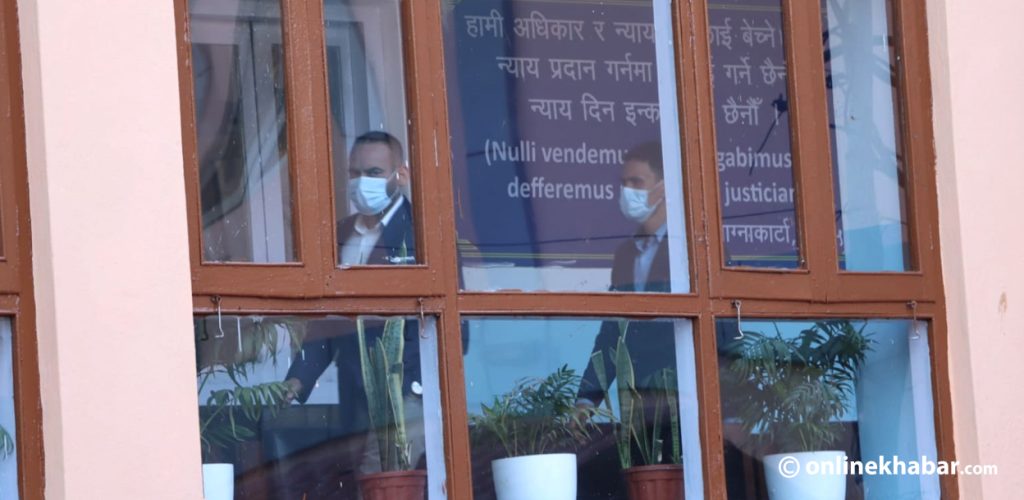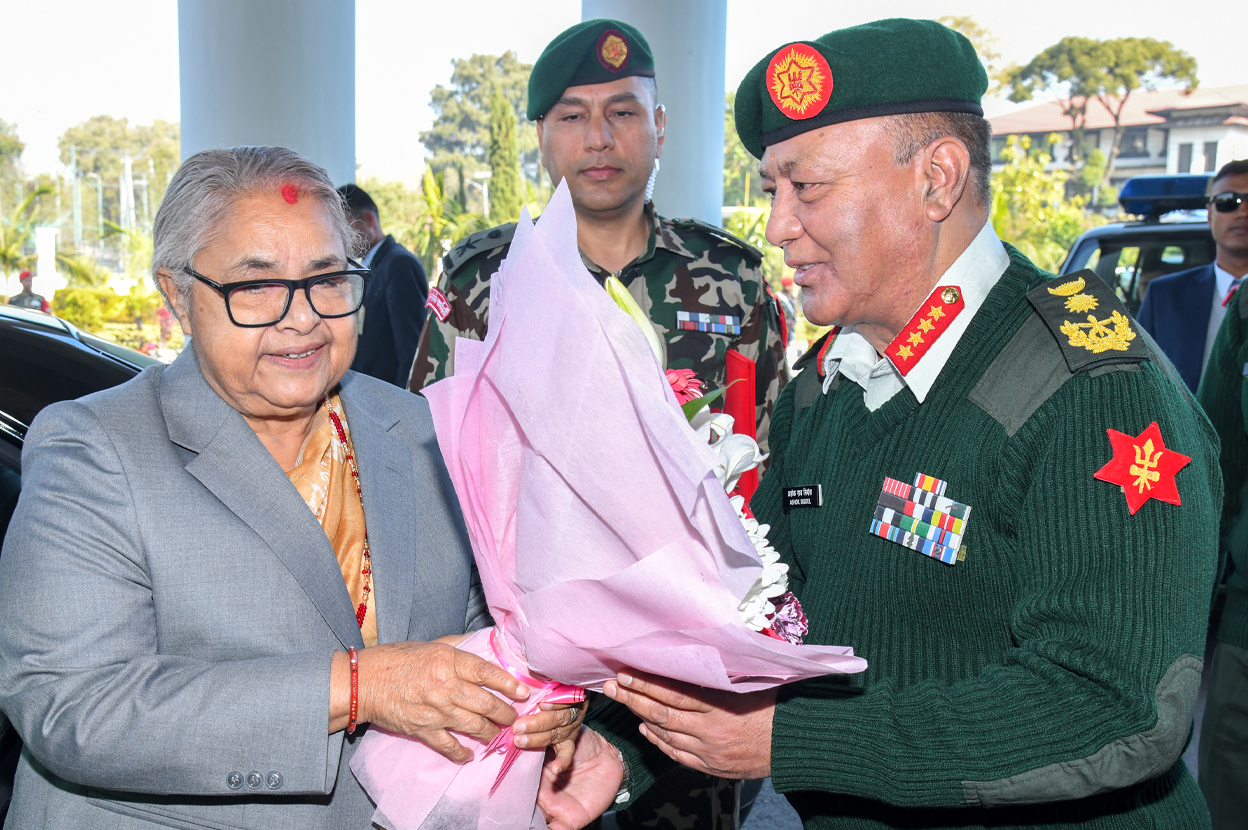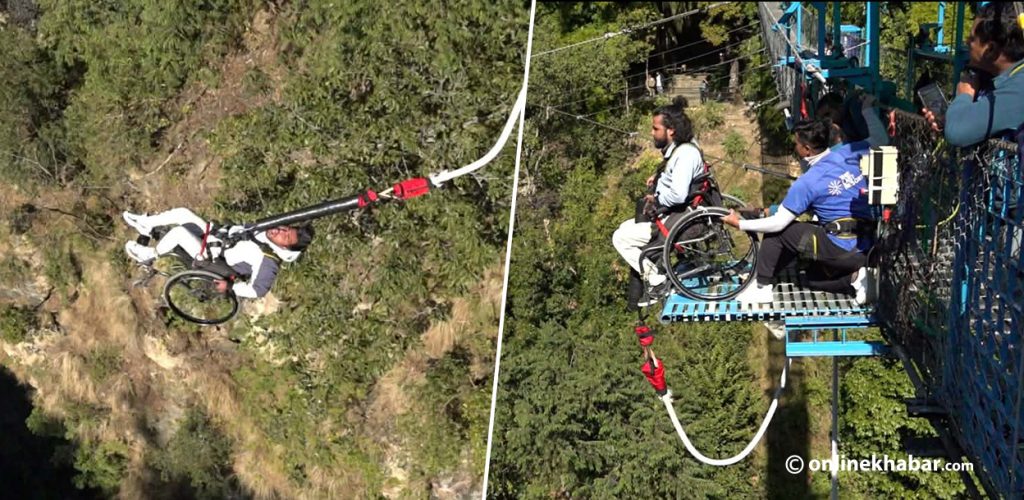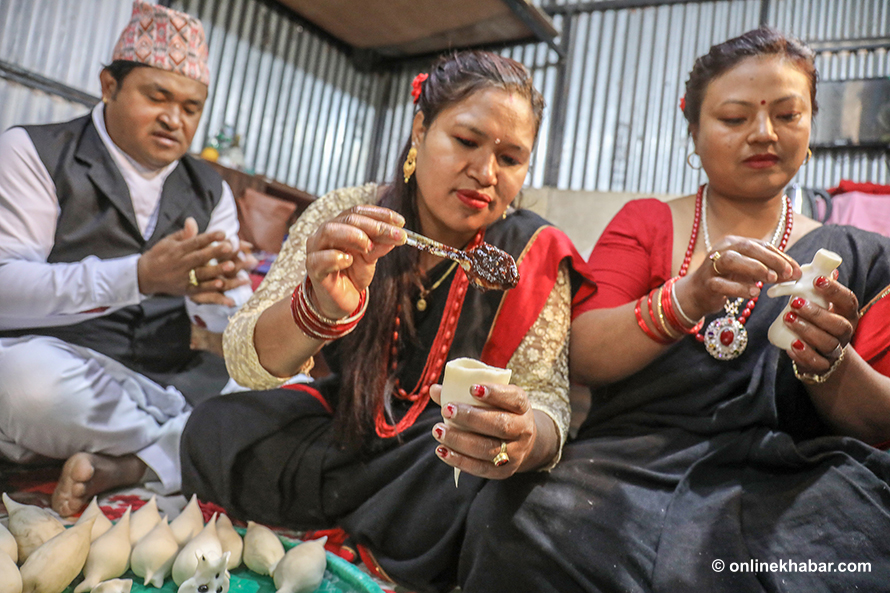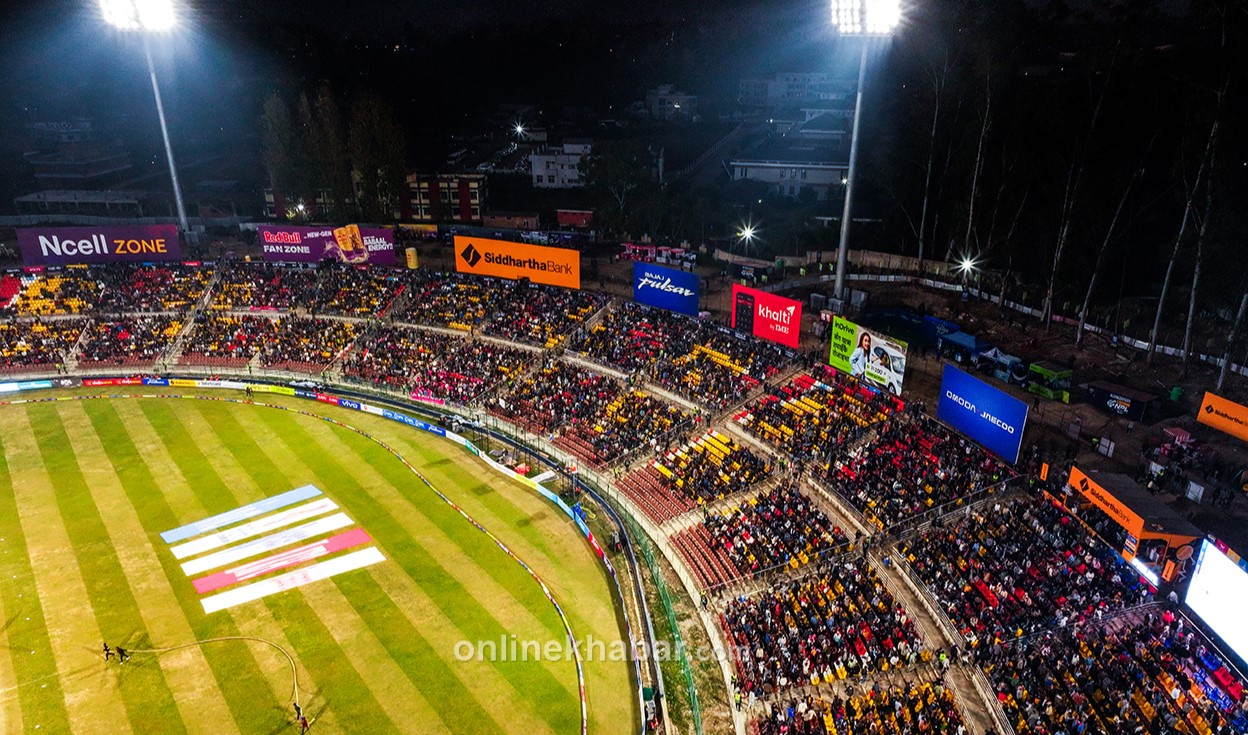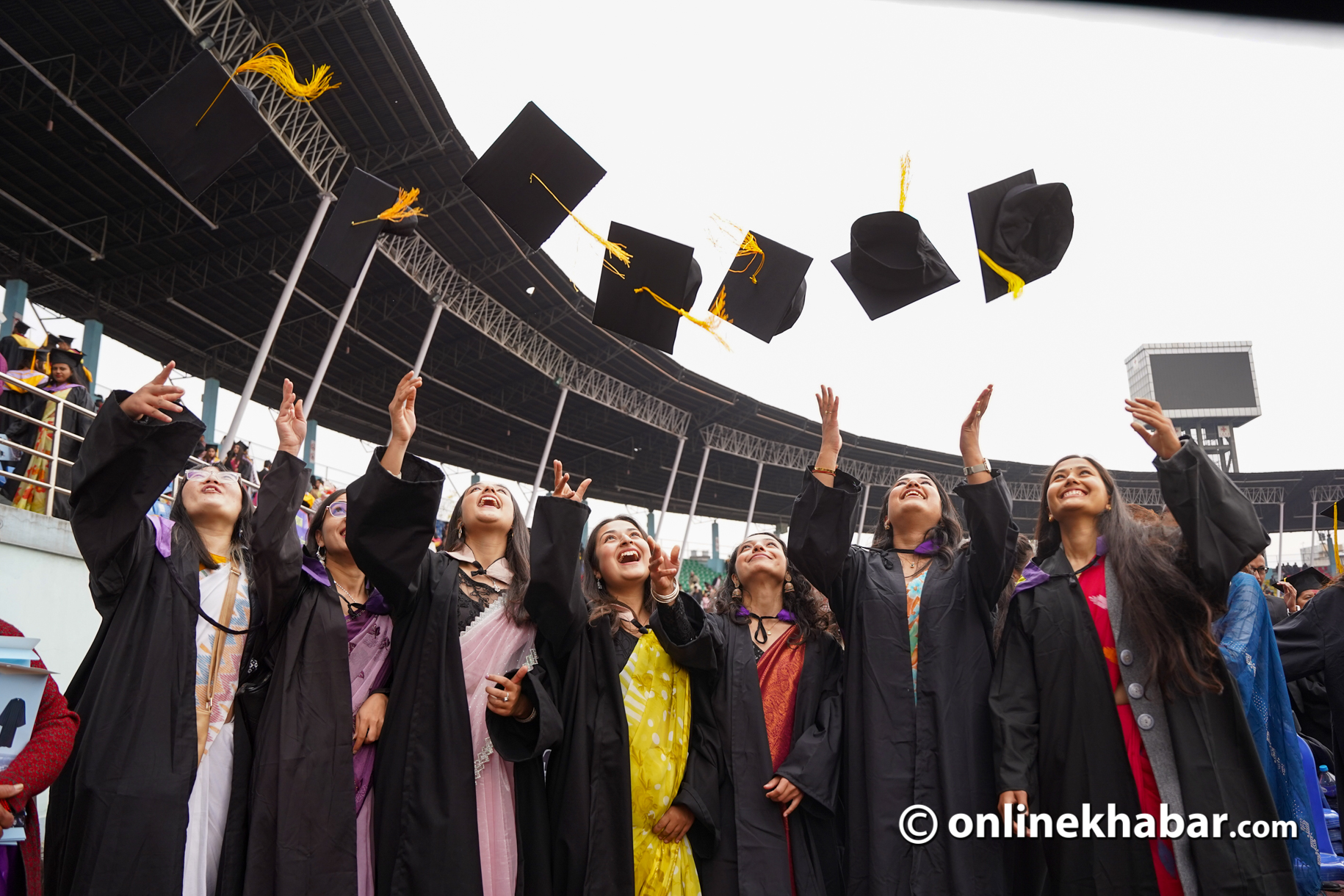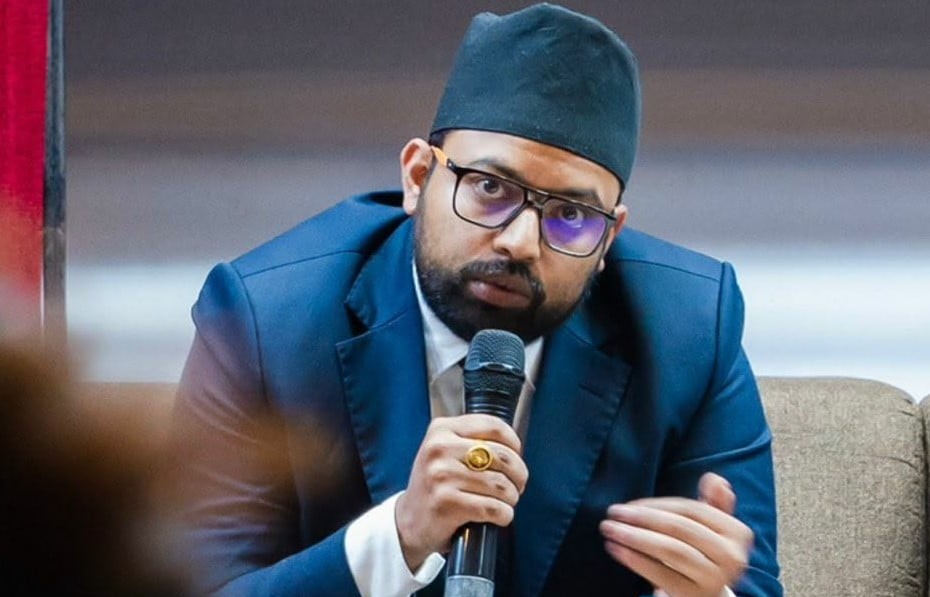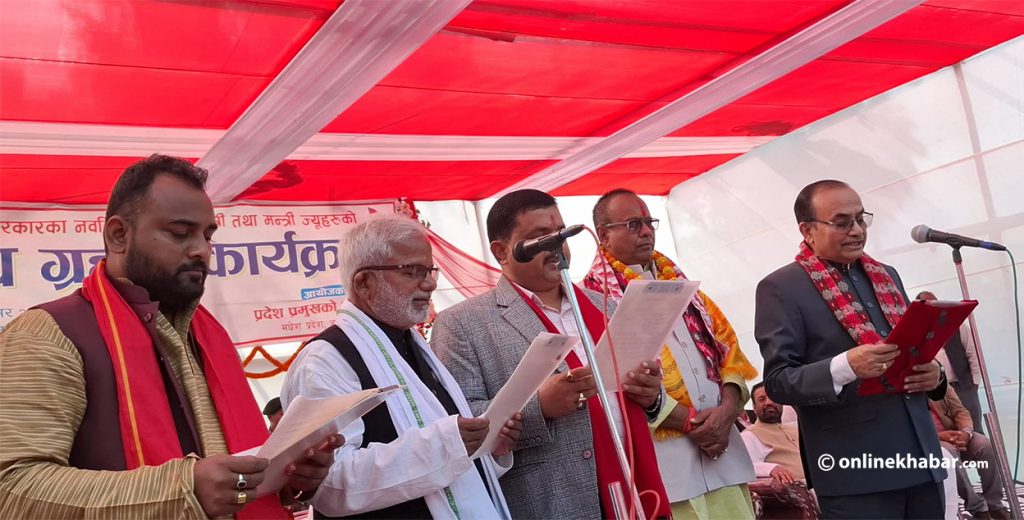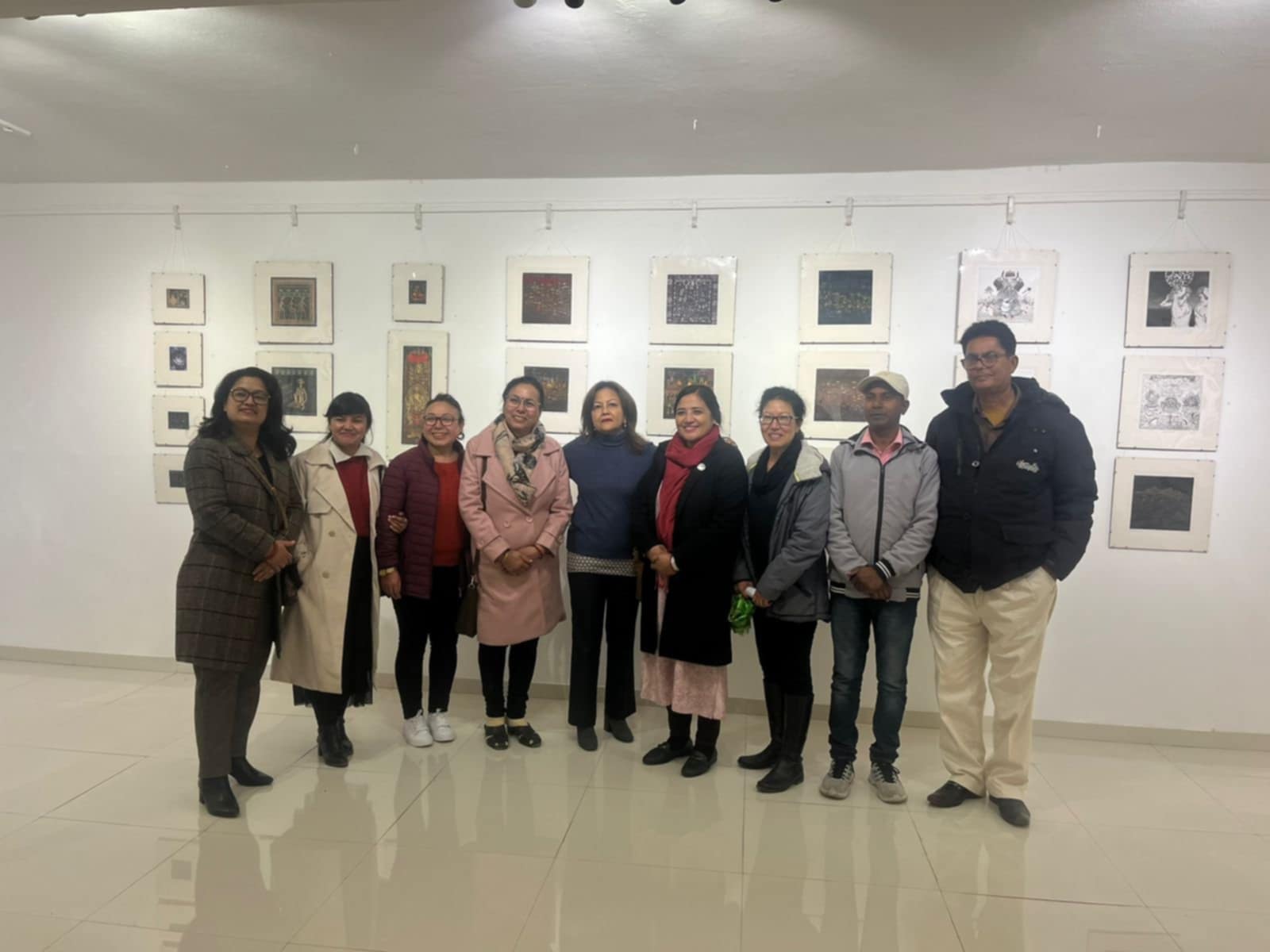
In the heart of the rugged Himalayas, where life moves in harmony with ancient traditions, Nepal’s early printmaking culture emerged as a quiet revolution—a tangible piece of history preserved in art. Long before the advent of modern mechanised printing presses, Nepali artists kept the traditional craft of woodblock printing alive.
This labour-intensive art form was treated like a sacred ritual, passed down through generations with devotion, skill, and an extraordinary labour of love. These handcrafted prints documented history—Buddhist scriptures, Hindu epics, and royal decrees—serving as a bridge between the people, the land, and the written word.
Printmaking and present context
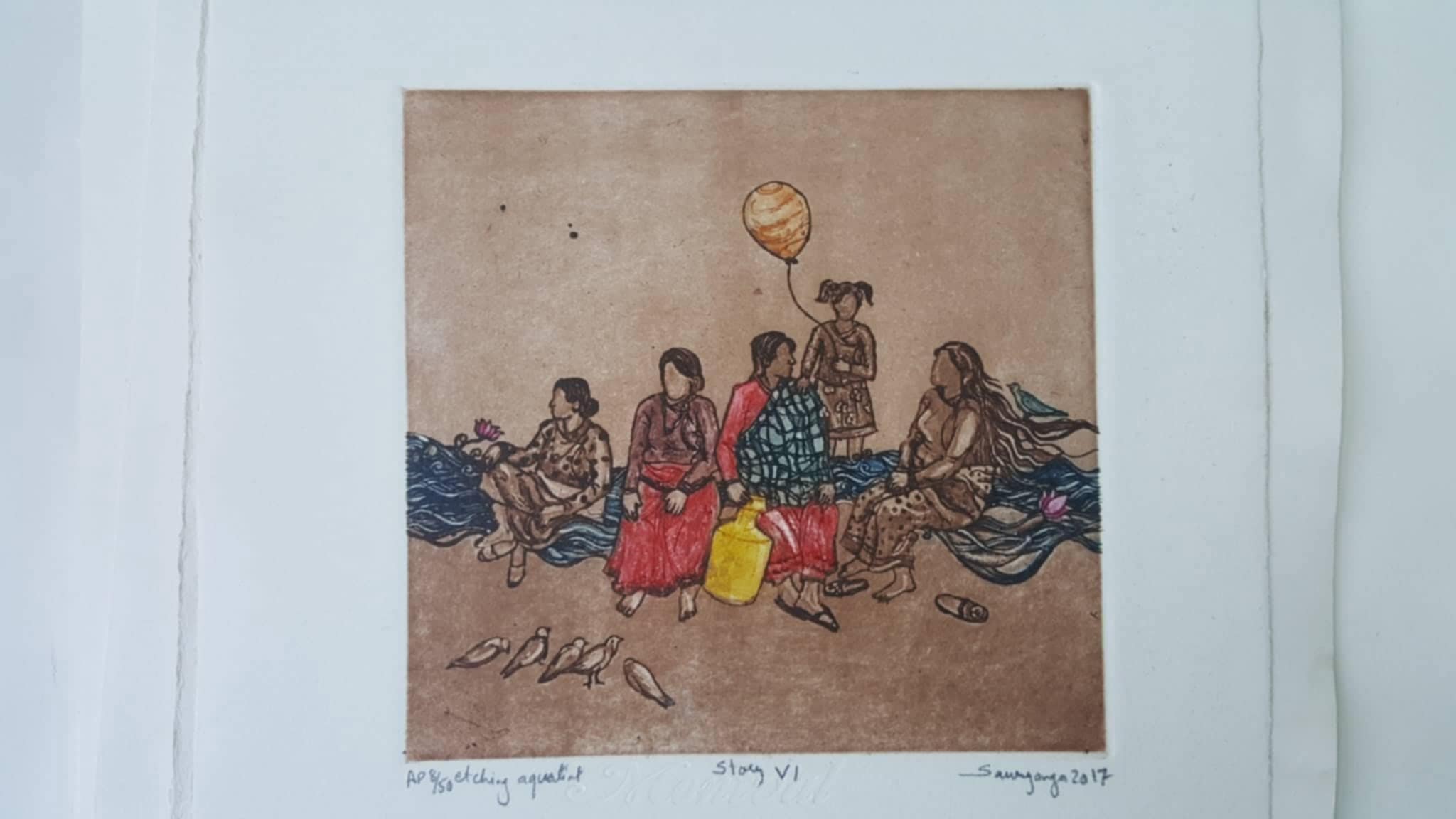
Printmaking was intricately woven into the fabric of Nepali daily life. Wooden blocks were not just tools of art but also instruments of utility, used to make sweets or decorate textiles. During festivals like Dashain, Tihar, and Nag Panchami, families would produce and sell prints of deities in local markets using these blocks, symbolising art as an integral medium of circulation.
This begs the question: how is this traditional craft viewed in contemporary times? Can printmaking still be a means of disseminating art to a wider audience?
The Mini Prints Art Fair, organised by Siddhartha Art Gallery, provided an insightful answer. This dynamic exhibition celebrates the skill and creativity of contemporary Nepali printmakers, showcasing 200-plus intricate prints created through techniques such as etching, woodcut, lithography, and mixed media.
According to organisers, the focus of the fair is not just to promote printmaking but to unite artists from different generations. Initiated by Printmaking Nepal, an organisation founded by pioneering artists like Uma Shankar Shah and Seema Shah, the initiative offers workshops to empower aspiring artists with the skills and confidence needed to pursue their passions. According to Uma Shankar Shah, their studio, Atelier 2, serves as an open and accessible space for the new generation of printmakers, bridging the gap between tradition and innovation. This initiative fosters collaboration and mutual growth, breaking down egos and building bonds.
Printmaking, one of the oldest forms of art, involves transferring images from a matrix to another surface, such as paper. Over time, it has become a critical medium for artists to experiment with repetition, variation, and narratives tied to history, politics, and society. The fair embodies this spirit of experimentation and variety, featuring works by artists like Seema Shah and Teesha Shrestha. Despite their generational differences, both artists explore mythical and religious themes. Seema’s City of Shiva celebrates Nepal’s vibrant culture, while Teesha’s Aggression over Urbanization highlights the fragility of this culture amidst rapid modernisation.
Workshops hosted by Printmaking Nepal invited non-printmaking artists like Mithila Devi Yadav, Lok Chitrakar, Krishna Manandhar, SC Suman, and Samundra Man Singh to experiment with the medium. Their showcased works, including Birds & Animals by Birendra Pratap Shah and other pieces by Samundra, reflect the versatility of printmaking. As Lok Chitrakar observes, “We should appreciate and expand every form of art; art should be endless.”
The Mini Prints Art Fair
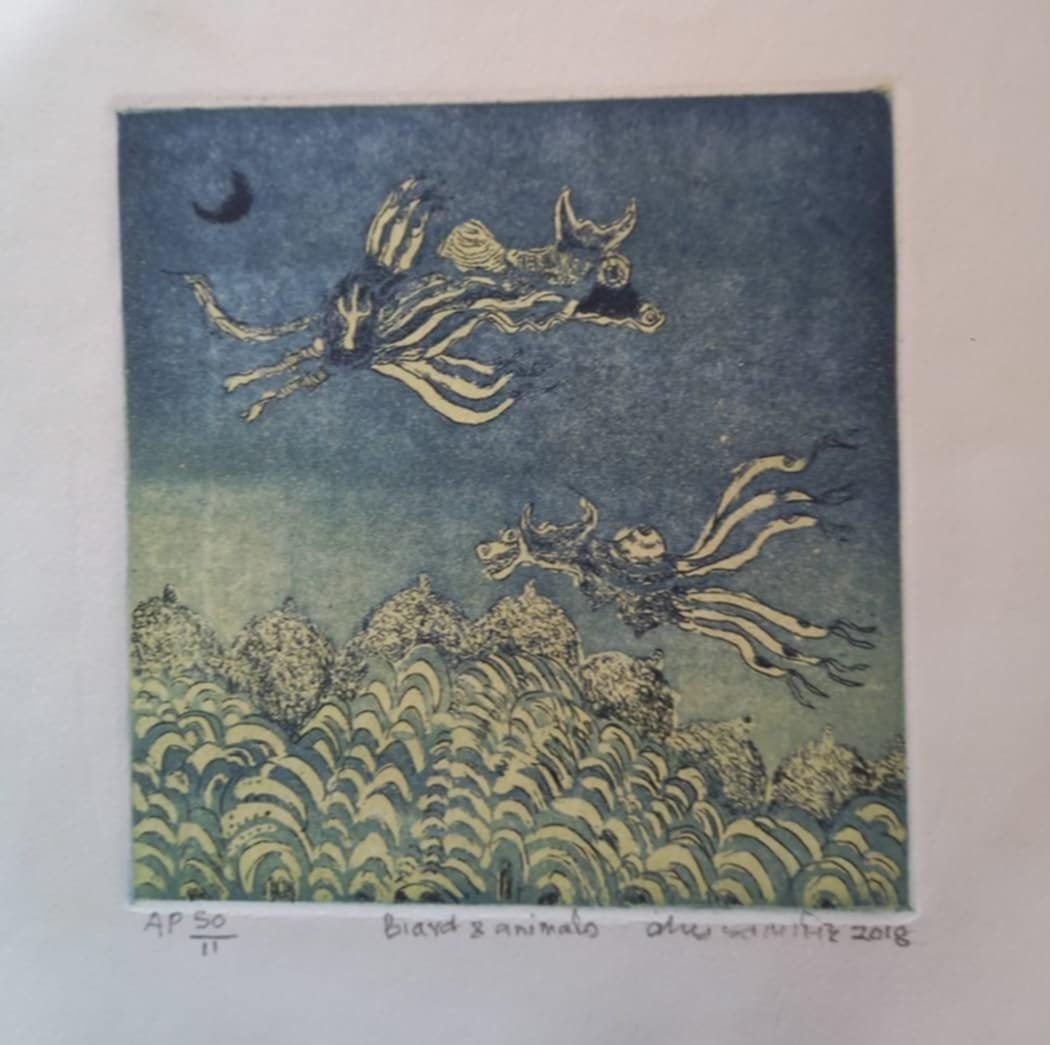
The historical role of printmaking lies in its capacity for reproduction and accessibility, distinguishing it from painting and other media. Prints can be produced in editions, making them more affordable and widely available. The Mini Prints Art Fair embraces this ethos, offering artworks mostly priced between Rs 3,000 and Rs 30,000, making art accessible to a broader audience.
The exhibition highlights the meticulous process of printmaking, with a particular focus on etching. Etching, an intricate technique, combines metal and ink to create breathtaking textures and details. Artists like Uma Shankar Shah and Saurganga showcase their mastery of this medium. Uma’s Ramayana series demonstrates the complexity of layering colours on a plate, while Saurganga’s Story series modernises traditional Nepali ornamentation with geometric abstractions, incorporating aquatint for tonal effects.
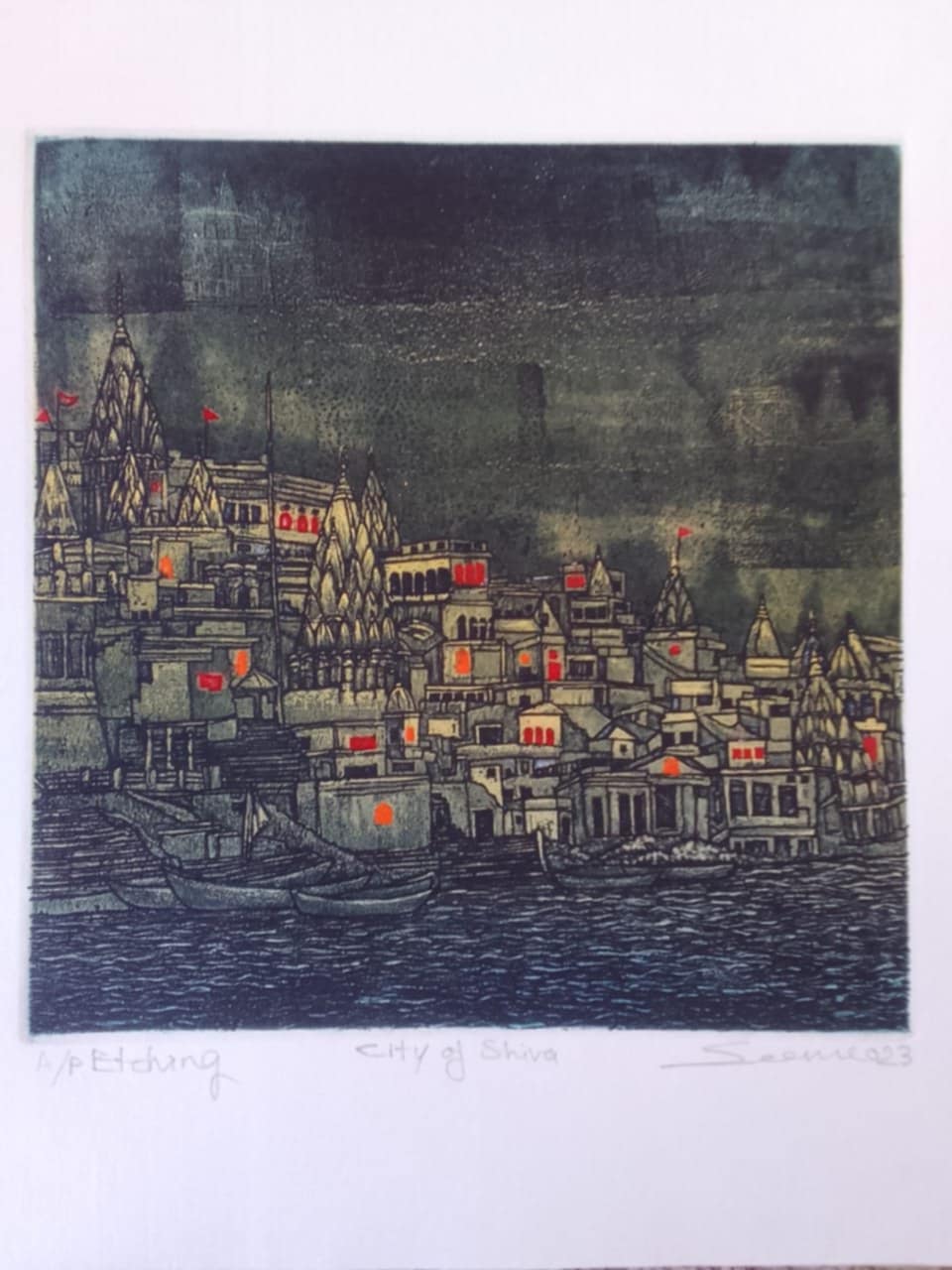
Woodcuts are also featured prominently—works by Samjhana Rajbhandari are particularly striking. Her Stamps series draws inspiration from her father’s old stamp collection, blending heritage with contemporary creativity. Similarly, Shusma Sakya’s pieces combine embossing and etching, transforming materials to create unique textures and visual effects.
Subject choice in printmaking often stems from the artist’s vision, message, and the expressive potential of the medium. Lok Chitrakar emphasises, “Whatever medium we use, the language should be there. Artists need to have their statement.” This sentiment was evident in Tika Dahal’s Krishna with Gopini, which reimagined a mythical scenario as a staged drama, and Bidhyaman Tamang’s politically charged works like Danger’s Pollinator and Journey, which used mythical characters to critique societal inequalities.
The fair also features existentialist works by Paul Koli, abstract pieces by Birendra Pratap Shah, and others, showcasing the diversity of themes and techniques. These works are a testament to the passion, love, and resistance expressed through printmaking.
As the curtains fall on the Mini Prints Art Fair 2024, the exhibition ends on January 18, a clear realisation emerged: printmaking in Nepal is not just an art form but a living culture, evolving with the country’s dynamic landscape.
From ancient woodblock traditions to contemporary prints, the exhibition celebrates the enduring power of printmaking to connect, confront, and express. It demonstrates how this once-solitary craft has become a shared language bridging past and present, tradition and innovation.
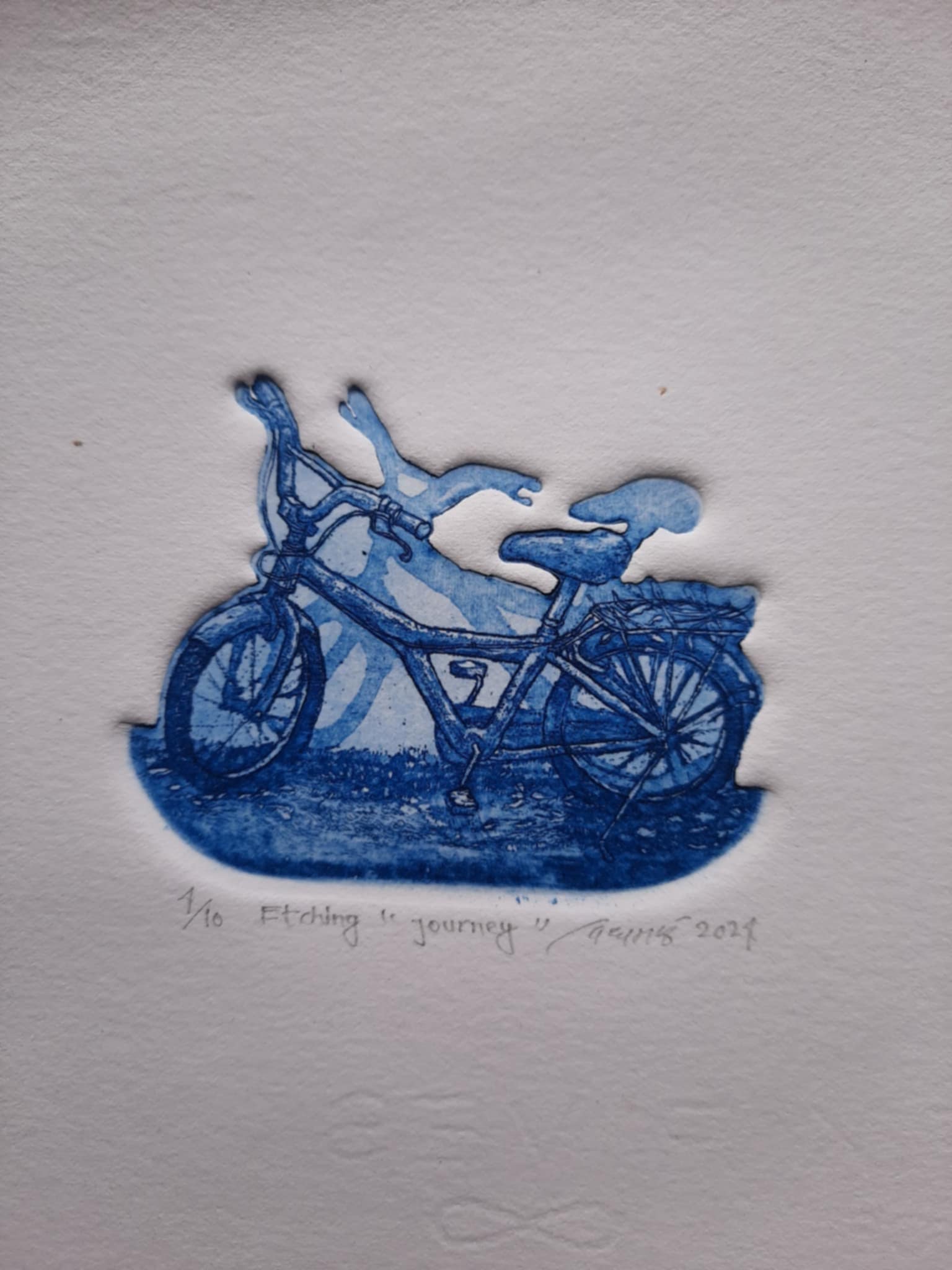
The fair affirms that printmaking’s reach is limitless—transcending time, geography, and culture to carry messages of beauty, politics, love, and resistance. Through their prints, Nepali artists continue to circulate stories, provoke thought, and ensure that this vibrant art form remains a dynamic force in society for generations to come.
The Mini Prints Art Fair exhibition will continue till January 18 at Siddhartha Art Gallery, Babermahal.


